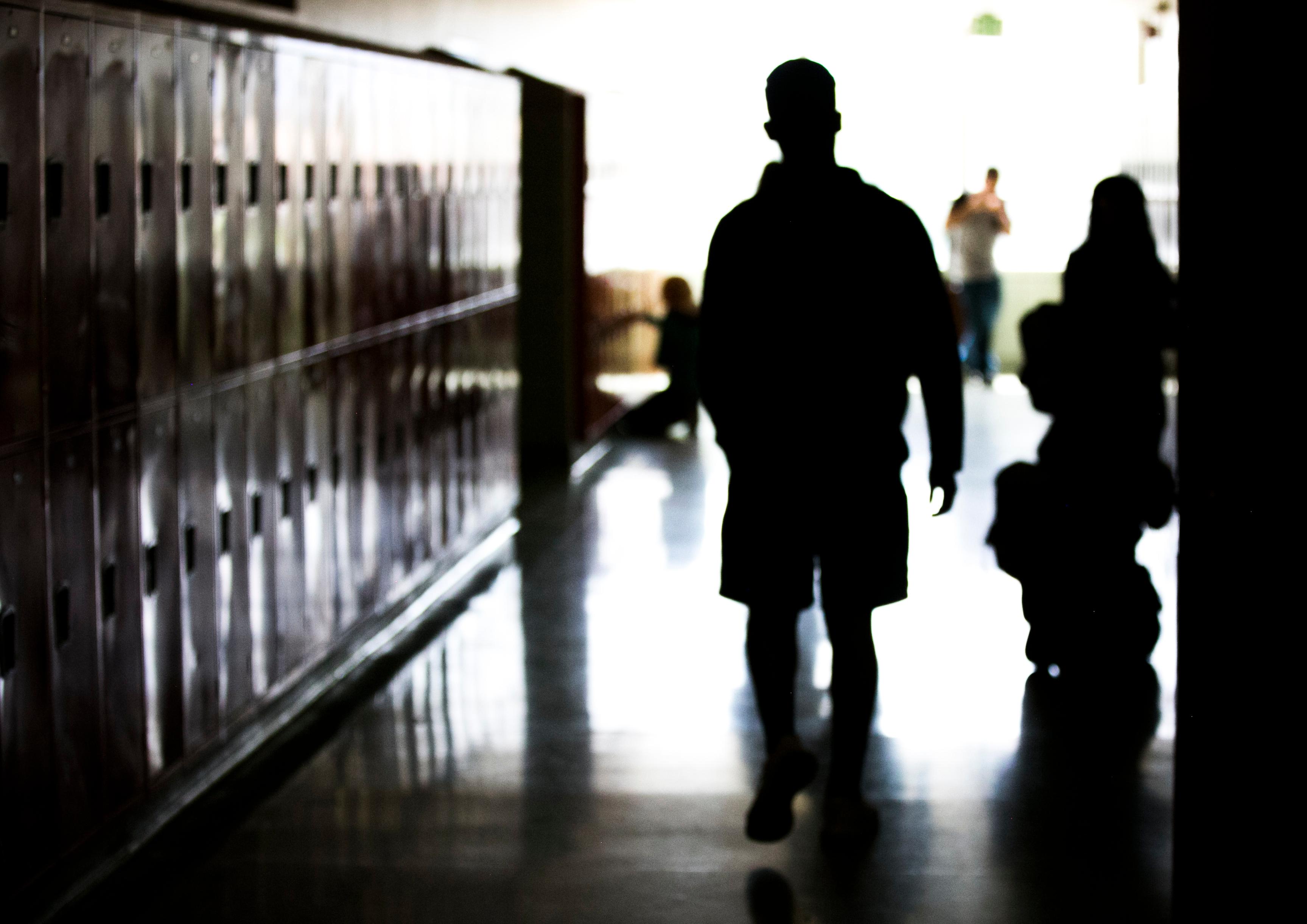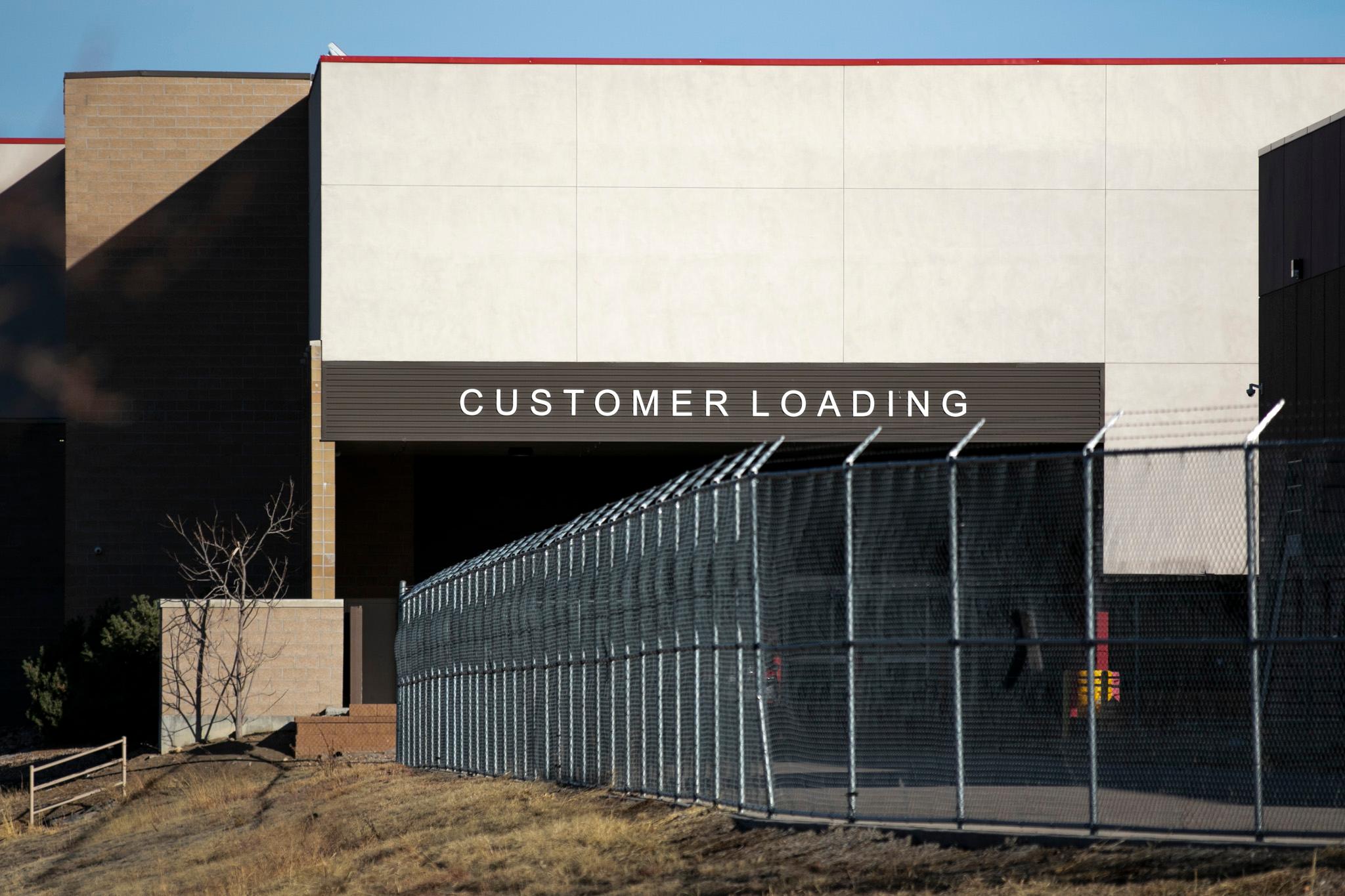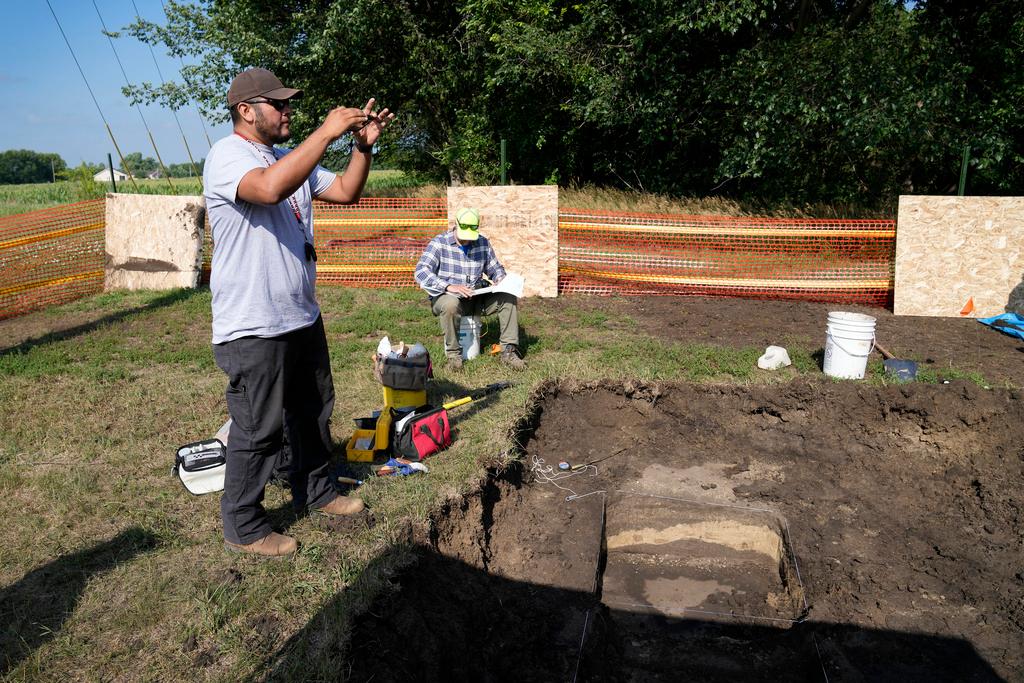
High school students who will attend the new Grand Junction High School next school year won’t have easy access to get their sore throats checked out, or have a specialist to talk to if they’re feeling depressed, or get treated for a toothache.
The Mesa Valley School District school board voted 3-to-2 against health care provider MarillacHealth establishing a school-based health care center inside the new high school. The vote came after several weeks of community debate.
“It is not up to us to select a medical provider or someone who provides medical services inside our schools,” said board member Angela Lema. “We lack the expertise to oversee it and to choose health care providers for our students.”
There are 70 school-based health providers in Colorado. They offer students wellness checks, sports exams, strep tests, care for chronic conditions like diabetes, mental and sexual health care — and some offer dental screenings. They often see underserved children and youth who have limited access to health care. More than 40 percent of Grand Junction High’s students are eligible for free and reduced-price lunch and a third are students of color.
Board member Will Jones said he was voting against it because of a recently filed lawsuit against Marillac alleging fraudulent misuse of school-based health care center grant money for the clinic housed in the district’s Central High School. The lawsuit did not name District 51. Marillac said the claims of an ex-employee lack merit, and a previous civil rights claim was found by the state to be without cause.
Jones told the board he didn’t say Marillac couldn’t be at Grand Junction High School; he said the lawsuit is the reason he’s saying “no” right now.
“The reason I said ‘no’ is not because I don’t care about kids, not because Central has one, and they don’t, because I believe we’re taking care of all kids and not just some kids, but I want to make sure that we know we’re doing what’s right for all our students,” he said.
Board member Doug Levinson said voting for the clinic was a “no-brainer” intended to help students who don’t have access to health care, and because it’s the right thing for kids.
“A lot of these kids, it's the first time they’ve been to a clinic,” he said.
He said the district’s strategic plan supports student wellness and calls for every student to feel a sense of belonging with access to a variety of supports.
“We’re teaching them lifelong skills. And to be able to access health care. Isn’t that something as a system that we’re wanting to instill in our children as they move ahead?”
Board president said some parents were uncomfortable with a clinic inside a school, concerned they couldn’t give consent
Board president Andrea Haintz said she was disappointed that an option she’d lobbied for to have the clinic outside and nearby the school was rejected by Marillac.
“I thought that was a happy medium because it would probably still be way too close for some parents, but it was still close enough for accessibility for our other students that need access to that. And it’s even more accessible because it could be open summer time versus just only when the school is open.”
School officials and Marillac officials preferred that the clinic be inside the school for safety reasons.
“Due to the fact that privacy, safety and walk-in accessibility are so important for students, as best practices for any school based health center, that option was unfortunately ruled out,” explained Kay Ramachandran, Marillac’s chief executive officer.
Board member Levinson said Marillac offered to exclude certain practices and treatment in its agreement with the districts and refer students to the proper facilities outside of the school for that treatment. That option was not discussed by the board.
“If we squash it right now, I don’t have much hope that it will ever come to be,” Levinson said.
Debate roils community for weeks
In previous weeks, students, school staff and leaders, and many health care professionals argued passionately for the clinic, highlighting the urgent need for health services for students without access to health care outside the school or whose parents are unable to get them to appointments.
Many students spoke of the current teen mental health crisis. A recent CDC report finds unprecedented levels of hopelessness and suicidal thoughts among U.S. high school students.
But some residents and parents argued against it, uncomfortable about students gaining access to reproductive health services even though Colorado law allows minors to access that and mental health services without parental permission. Most all other services require consent. Others contend that a voter-approved bond paying for the new high schools should have specified there would be a health care clinic in the school.
In 2018, a needs assessment was conducted by the Colorado Association for School Based Health Care. It showed both Central High School and Grand Junction High School would benefit from a school-based health center. The impetus for Central’s clinic began in 2017 when the community was rocked by opioid overdoses and several teen suicides.
In 2020, the Warrior Wellness Center, a school-based health center, operated by MarillacHealth, was opened at Central High School. An analysis of more than 4,000 visits at the student-based health clinic at Central High found that less than 1 percent were for contraceptive services. Most visits are routine sprained ankles, sports physicals, concussion evaluations, strep tests and for depression and anxiety.
Levinson said he read the hundreds of emails he received. He said one side was largely based in misinformation, fear-based issues and hypotheticals. He said the other was predominantly data-driven, student-focused with expert perspectives.
“It’s a consequential decision because it says a statement about what we value and what we don’t value.”
Board member Kari Sholtes pointed to research showing a 30 percent risk reduction in suicide and depression in vulnerable students in schools with school-based health clinics. She said it's incongruent to have a clinic in one district high school and not another.
“That feels more political to me than belief-based and value-based and that feels really alarming to me,” she said.
Moving forward
Board president Haintz said she and Jones are investigating how they can address the mental health needs of all students by contracting with MindSprings, a large mental health care provider on the Western Slope.
“Even hopefully by the beginning of the next school year, there could be resources in schools for kids to have that mental and behavioral health counseling piece that they could do from the privacy of their own home,” Haintz said.
Levinson said that the MindSprings option has been around for years and has never happened.









